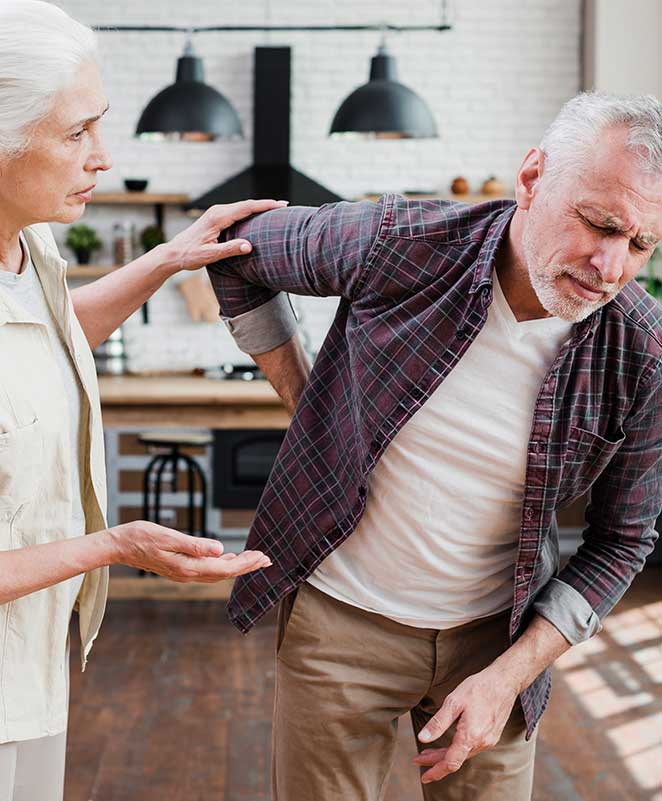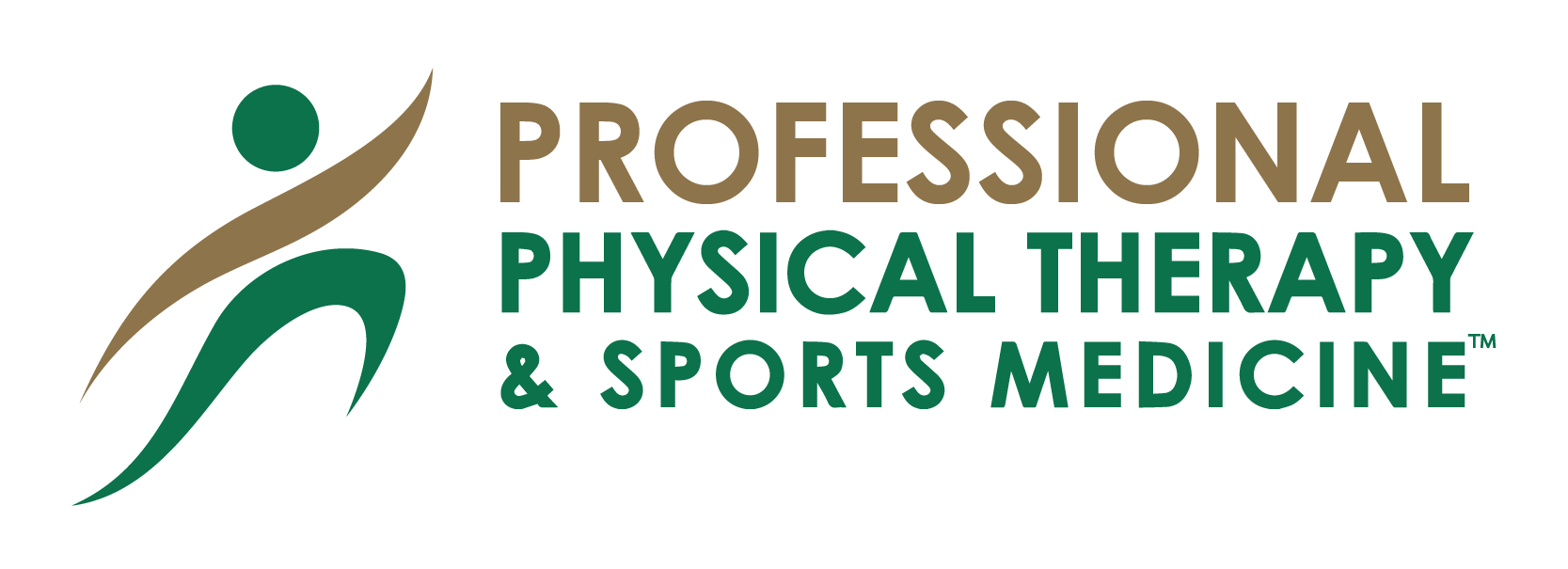With Pain Management
Pain is the most common reason for seeking medical care. It is also the most common reason why people choose our physical therapy practice for help. If you are considering physical therapy for pain, this information can help.
Acute, Subacute, and Chronic Pain
Acute pain is common with tissue damage that may occur with a ligament sprain, a muscle or tendon strain, inflammation within a joint, or a tear of a muscle, tendon, or meniscus.
Subacute pain is pain that lasts for 3 to 6 months. Subacute pain is common with more complex conditions where there is prolonged healing (joint replacements and the pain associated with the recovery after surgery).

Chronic pain is pain lasting for more than 6 months. While the body’s musculoskeletal tissues may heal from an initial injury or degenerative change, pain may persist for months past the tissue healing process. Nearly 50 million American adults have significant chronic pain or severe pain, according to a new study prepared by National Institutes of Health’s National Center for Complementary and Integrative Health (NCCIH). (1)
Physical therapists that are trained to help patients with chronic pain can really help patients with chronic pain. Below, we will describe how.
Chronic Pain is Complex – here’s the current model of the pain & fear-avoidance
The great news is that our specially trained physical therapists can help you understand these factors and improve, even get rid of your pain.
Here Are Some of the Factors That Contribute to Your Perception of Pain:
- Injury & inflammation – tissue damage itself, stimulates nerves that work through the spinal cord and may be perceived as pain.
- Neurophysiology – the way the nervous system works, the body’s threat sensors, how they interact at your spinal cord, and the pattern of activity (pain neuromatrix), can all impact your perception of pain. Your brain also has an internal medicine cabinet that can release some of the most powerful drugs known to help minimize pain. These are called endorphins & enkephalins.
- Pain Experience – your perception of pain. There is good pain and bad pain. Past experiences with pain matter.
- Fear – some may have no fear of pain when they experience pain, while others may be thinking about the worst possible outcomes because of the pain (catastrophizing).
- Helpful vs. Harmful Words – improper use of diagnoses, terms, diagnostic test results, and communications with patients can be helpful or harmful. For example, a positive MRI for a disc bulge, disc tear, herniation, or arthritis is rarely helpful. Why? Scientists have performed MRIs on hundreds of patients, THAT DON’T HAVE ANY PAIN AT ALL.
- Knowledge About Pain – understanding that pain is complex and much more than just damaged muscle, tendon, ligament, or joint tissue can help relieve the pain.
- Avoidance of Movement – pulling back because of pain or fear of pain.
- Deconditioning – movements that are normally pain-free or don’t cause fatigue, may stimulate chronic pain. In other words, with fear and avoidance, your body can get out of shape; movements that usually don’t cause pain or fatigue, can cause pain.
- Emotions – when emotions are low, pain is typically less, and when emotions are high, the brain may put out the perception of pain.
- Hormones – hormones like adrenalin and cortisol have been shown to impact pain
- Stress – family, financial, and work stress all play a role in the perception of pain.
- Contributing Health Conditions – anxiety & depression both can factor into chronic pain.
- Sleep Habits – proper sleep habits can certainly help with the perception of pain. Almost everyone has had a headache when they were tired. The headache doesn’t mean you have cancer, it means you didn’t get enough rest.
- Nutrition – eating the proper foods can positively impact pain.
- Hormones – certain hormones can decrease or in some cases increase your perception of pain.
Education
The Principles of Chronic Pain Treatment
New ideas studied by pain scientists suggest that there are four basic components to the successful treatment of pain.
1. Pain education
Pain neuroscience education (PNE) or therapeutic neuroscience education (TNE) helps patients understand that pain is an output from the brain, it’s complex, and not just in your head.
2. Exercise
Numerous scientific studies have demonstrated that paced & graded exercise can have an extremely positive impact on pain.
3. Sleep Health
Addressing sleep issues can also decrease pain
4. Goal Setting
It took months, even years for your body and brain to experience the chronic pain. Setting specific, reasonable, and progressive goals are part of a successful chronic pain treatment program.
We’ve Only Scratched the Surface of All the Great Treatments Our Therapists Can Provide!
If you have chronic pain, we encourage you to set up an appointment with one of our physical therapists. We will take a thorough health history, perform a physical exam, create a custom program for you and help put you back on the road to recovery.
What Is the First Step?
Start By Scheduling an Evaluation Appointment.
Don't Wait - Get Started Right Now!
Clinical research shows that the sooner you get started with active rehabilitation, the less likely you will need unnecessary tests, medications, or surgery.
Call Us Today at (508) 528-6100
At your evaluation appointment, you will meet with a physical therapist who will perform a thorough evaluation that includes:
- A review of your health history and your specific symptoms.
- A thorough examination that includes assessing the quality and quantity of your movements, and any factors that might put you at risk for delayed recovery or might indicate a serious health problem.
- Assessment of how you use your body at work, at home, during sports, and at leisure.
- Determination of the diagnosis and impairments that are causing your pain and establishment of a treatment plan of care.
Reviews
What Our Clients Say
When I was a patient at Professional Physical Therapy in Franklin MA, I was in physical pain throughout my whole spine. After my expieriance in PT I was feeling better than I was when I came out of the hospital and recieved the best care out of the therapist that work there. So i can guarantee this business deserves 5 stars!
Great place. Treating rotator cuff issues, and after a few sessions and following their customized exercise program for home I already feel an improvement.
